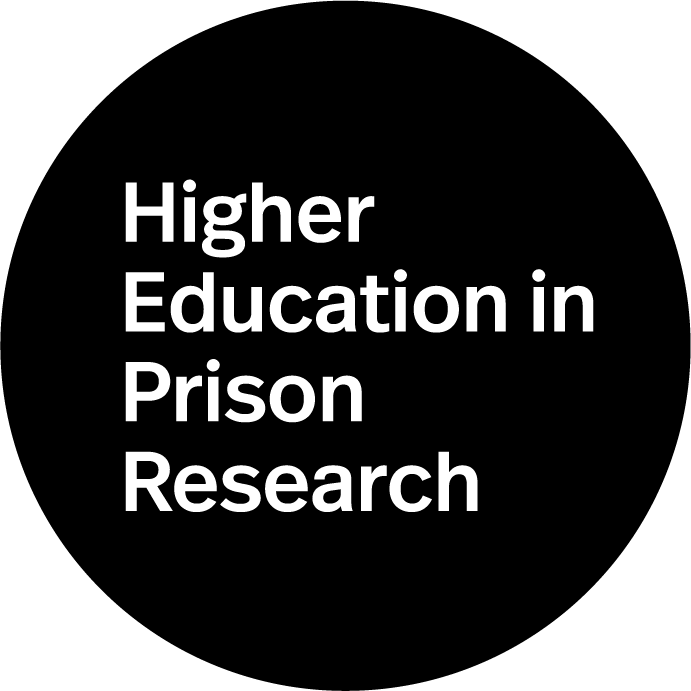Introduction
Higher education in prison (HEP) is at a critical juncture. Just the past five years have seen the launch of the Second Chance Pell pilot program, a strong and growing cohort of college- and university-affiliated HEP programs, and sharpened national focus on the intersection of systemic racism, mass incarceration, and the pursuit of educational equity.1 As the compelling examples of individual and societal benefits from HEP have accumulated, they reinforced the decades-long campaign to restore Pell Grants for incarcerated students, culminating in the passage of the Pell Grant Restoration Act in December 2020. And so we stand on the cusp of expanding HEP to hundreds of thousands of the nation’s 2.1 million incarcerated adults, and the realization of the incredible opportunity that provides for them, for their families and communities, and for the nation.
With HEP and related legislation poised to continue to grow, it is more important than ever to ensure that all stakeholders have appropriate insight into program characteristics, access, efficacy, and equity. Unfortunately, we are starting behind the curve. Unlike other sectors of higher education, HEP does not have systematic data collection and public reporting, an organized network of researchers and funders of research, or a quality assurance framework. Bolstering this research and data infrastructure would help to guide everyone involved in HEP: policymakers deciding how to legislate, philanthropists deciding which programs to fund, department of corrections (DOC) staff deciding how to implement such programming, faculty deciding how to design and deliver course content, college leadership deciding on the degrees their programs will award, researchers looking to build robust and rigorous research agendas, and students deciding whether and how to pursue postsecondary coursework.
Higher Education in Prison Research Project
Higher Education in Prison Research is a project managed by Ithaka S+R and funded by The Andrew W. Mellon Foundation with the goal of helping the field accelerate the collection, dissemination, and utilization of research about postsecondary prison programs and their students. It aims to build consensus among a diverse array of stakeholders involved in postsecondary education in prisons— including program practitioners, government policymakers, college administrators, corrections professionals, academic researchers, scholarly publications, private philanthropy, and, most importantly, HEP students themselves—around building on extant developments in the field to establish shared rigorous research processes and practice standards. In other words, this project aims to facilitate the development of an HEP research infrastructure (RI) in the US, a concept we flesh out in more detail in the next sections. Our ultimate goal is to support HEP programs, practices, and policies that provide high-quality and equitable postsecondary education to a greater number of incarcerated people—and to improve their outcomes while incarcerated and, when applicable, following release.
This working paper is an integral part of the project. Hosted on a dedicated and public digital space, it is designed as a dynamic working document and starting point for communal discussion. It invites the HEP community at large to engage with, interrogate, and provide feedback on information, ideas, and suggestions we propose as facilitators in this space. This includes our framing of the issue at hand, our description of the state of HEP research, and our suggested strategies for collaborating around advancing an HEP research infrastructure to promote equitable access to quality programming and subsequent student success.
We hope you will interact with the working paper’s discussion prompts and comment forms to voice your critical reception. All public reactions will contribute to shaping the next phases of our project, which you can read about on our project’s “About” page. We also encourage readers to sign-up for project alerts, which will keep those interested in our work apprised of different efforts throughout the project cycle, including webinars and workgroup sessions, and to widely share both the project’s digital space and this working paper with peers and colleagues.
One last note before we orient the reader to the different sections of this working paper: In accord with other scholarly discussions involving individuals in the carceral space, we employ person-centered language throughout this paper and view incarceration as a condition rather than as a permanent characteristic. As such, with the understanding that this paper is focused on higher education in the prison context, we refer to students and learners behind bars from here on out as just that–students and learners.
- See, for example, Kritika Agarwal, “Inside Higher Ed: College-In-Prison Programs Flourish, But For How Long?” (2018); Elizabeth Hinton, “Turn Prisons into Colleges” (2018); and John J. Lennon, “Why Colleges Should Take a Chance on Prisoners Like Me,” (2021).
